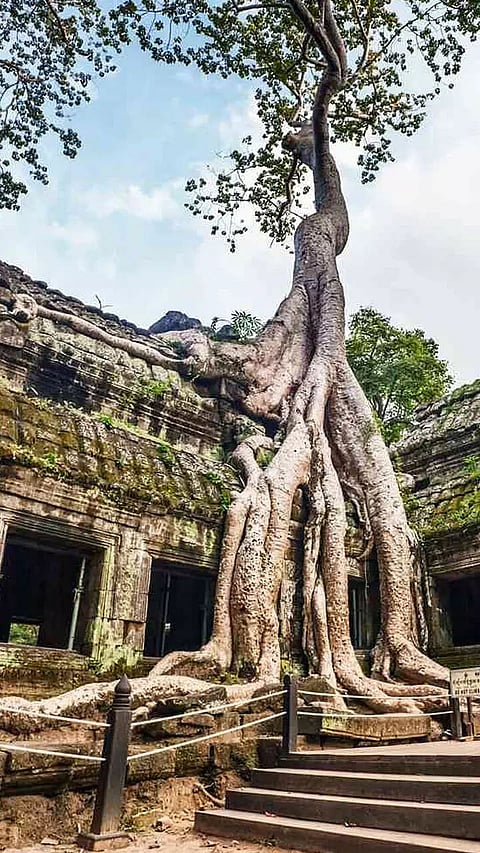Lost Civilizations that Vanished without a Trace
The Maya
The Mayans once occupied the entire Yucatan Peninsula in what is today Mexico, Guatemala, and Belize. While the Mayan language is still spoken today throughout Mexico and Central America, the great civilization fell into decline before the arrival of European settlers to the region, and no one is certain why.
Nabta Playa
Though little is known about the people who once inhabited this large basin roughly 500 miles south of modern-day Cairo, or what may have become of them, we have discovered from archaeological sites in the area that the people here farmed, domesticated animals, and fashioned ceramic vessels more than 9,000 years ago. Among the most striking ruins that remain in Nabta Playa are stone circles resembling Stonehenge
Çatalhöyük
Considered by some to be one of the first urban settlements in the world, this ancient city in modern-day Turkey is in some ways most notable for its unusual architecture. Built without streets as we know them, the city was instead a sort of honeycomb of buildings, all connected together. The inhabitants used the rooftops to travel, and climbed down ladders to access their dwellings. Instead of having communal cemeteries, residents buried their dead beneath the floors of their homes.
Thonis, Egypt
Once the gateway to Egypt, Thonis is now on the bottom of the Mediterranean Sea. Like the fabled city of Atlantis, Thonis sank beneath the waves. No one is quite certain why, though today archaeologists are attempting to excavate the remains of the sunken city.
Derinkuyu
Not as old as Catalhoyuk, perhaps, but equally unusual is the underground city of Derinkuyu. Derinkuyu is also located in what is now Turkey. Though it is not the only underground city in the region, it is one of the most extensive, reaching its greatest size sometime between the years 500 and 1000 CE. The underground city consisted of tunnels and rooms cut into the soft rock of the region, extending down for as much as 5 stories and housing 20,000 people as well as livestock at its peak.
Easter Island
Famous for its moai, the large stone statues that are virtually synonymous with its name, Easter Island is also known as Rapa Nui and was once home to a thriving and industrious, if not particularly large, population. By the time European explorers discovered the 63 square mile island, the population had declined dramatically, likely as a result of over-harvesting of the local palm trees.
Roanoke
The so-called "lost colony" of Roanoke Island, located in what is now Dare County, North Carolina, has inspired countless storytellers since the colonists vanished without a trace. The only sign they were even there was the word "Croatoan" carved on a fence post. The significance of that single word—which was the name of a local tribe as well as a nearby island—has haunted tales of the Lost Colony of Roanoke as much as the strange disappearance of its more than one hundred inhabitants.
Angkor Wat
Angkor Wat was once simply part of a larger city, Angkor. The enormous temple complex—the largest religious monument on earth, occupying some 402 acres—was once a part of a metropolis larger than modern-day New York City. Angkor was the capital of the Khmer Empire. The city flourished during much of the Khmer rule, but fell into ruin 300 years before the end of the empire.

